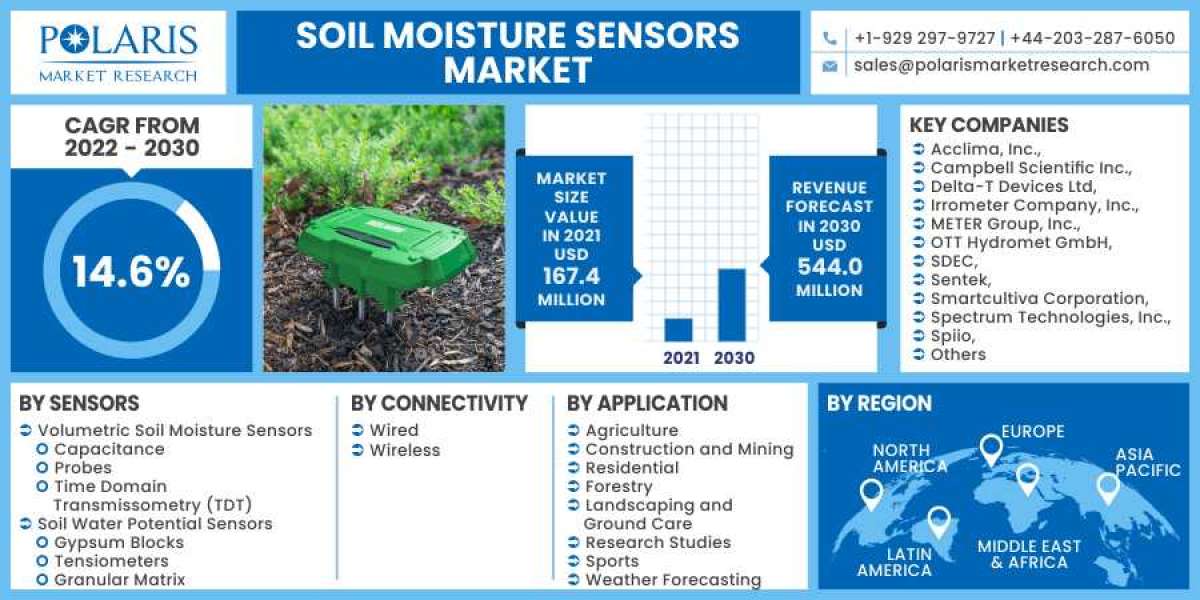Aerospace
Machine Learning could make flying safe and more user-friendly. Pilots and flight crews operate around the world, and each of them generates significant amounts of data. In addition to information that’s automatically recorded via the aircraft’s computers, human personnel catalog their notes and observations as well. But there aren’t necessarily standard documentation processes for the latter, which means valuable information might slip through the cracks.
Automotive
The more data companies gather about driver behaviors, the better they understand why accidents happen and how to prevent them, which is why machine learning may well may our roads safe. Businesses that operate vehicle fleets have begun using telematics to collect information about all aspects of driver performance and deploy machine learning algorithms to do just that.
Manufacturing
Manufacturing companies use machine learning algorithms to cut waste and other expenses in their processes. Smart programs analyze existing workflows and key in on areas that can be improved. Machine learning programs could process thousands of data points gathered from multiple machine types and subprocesses. The results of such analyses could lower expenses in semiconductor production alone by 30% and could boost manufacturing productivity more generally by 20%.
Transportation Logistics
Forecasting is incredibly important in supply chain logistics. A sudden storm, market upset, or rise in transportation costs could severely impact logistics companies and their clients. But machine learning is helping these businesses become both more agile and resilient. Smart programs can use contextual data to predict potential problems so companies can create contingencies. The more accurate and current their data, the better equipped they are to respond to crises.
Agriculture
Imagine going to work in the morning and being faced with millions of options for solving a given problem. Being spoiled for choice may sound good, but human beings simply cannot process that amount of information, especially on a short and urgent timescale. Yet that’s the situation plant breeders encounter all the time. Determining which breeds are most likely to thrive in a given climate, region, or season is no small feat, and the outcomes of their decisions impact the food supply for millions of people.
Hospitality Travel
Travel companies use machine learning to identify behavioral trends among consumers so they can tailor their booking experiences accordingly. Machine learning enables travel industry brands to extract trends in which factors influence travelers’ decisions most and which devices and search methods they use for different types of queries. For instance, the number of reviews a property garners matters more to consumers than the actual number of stars it receives. Knowing this, hotels may try to incentivize people to leave reviews so they can get on other travelers’ radars.
Communications
Approximately 9 in 10 American adults use the Internet, and usage among the 18-29 age group stands at 98%. At that level of Internet penetration, telecommunication companies can’t afford downtime or infrastructure lapses. But their vast networks of cell towers, satellites, and fiber optic cables ae difficult to monitor manually.






